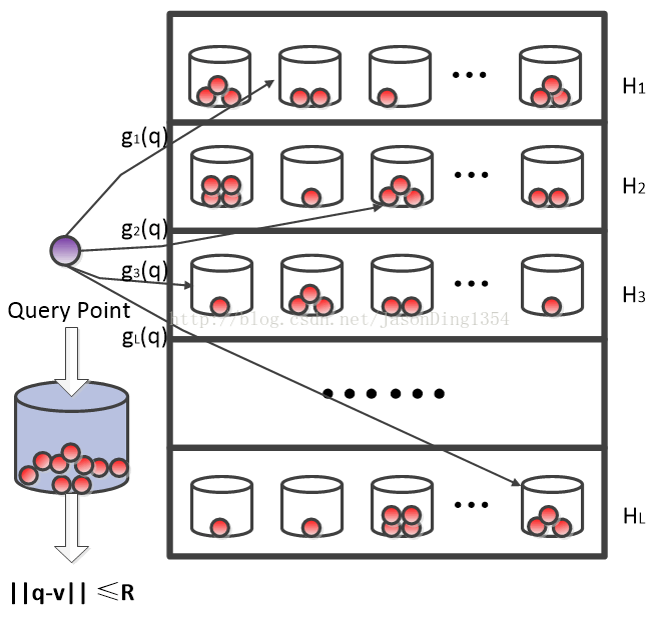We develop an economic model of an offline password cracker which allows us to make quantitative predictions about the fraction of accounts that a rational password attacker would crack in the event of an authentication server breach. We apply our economic model to analyze recent massive password breaches at Yahoo!, Dropbox, LastPass and AshleyMadison. All four organizations were using key-stretching to protect user passwords. In fact, LastPass' use of PBKDF2-SHA256 with $10^5$ hash iterations exceeds 2017 NIST minimum recommendation by an order of magnitude. Nevertheless, our analysis paints a bleak picture: the adopted key-stretching levels provide insufficient protection for user passwords. In particular, we present strong evidence that most user passwords follow a Zipf's law distribution, and characterize the behavior of a rational attacker when user passwords are selected from a Zipf's law distribution. We show that there is a finite threshold which depends on the Zipf's law parameters that characterizes the behavior of a rational attacker -- if the value of a cracked password (normalized by the cost of computing the password hash function) exceeds this threshold then the adversary's optimal strategy is always to continue attacking until each user password has been cracked. In all cases (Yahoo!, Dropbox, LastPass and AshleyMadison) we find that the value of a cracked password almost certainly exceeds this threshold meaning that a rational attacker would crack all passwords that are selected from the Zipf's law distribution (i.e., most user passwords). This prediction holds even if we incorporate an aggressive model of diminishing returns for the attacker (e.g., the total value of $500$ million cracked passwords is less than $100$ times the total value of $5$ million passwords). See paper for full abstract.
翻译:我们开发了一个离线密码密钥的经济模型, 允许我们对合理密码攻击者在认证服务器被违反时会破解的账户部分进行量化的预测。 我们应用我们的经济模型来分析最近在亚虎、 下方框、 LastPass 和 AshleyMadison 的大规模密码破解情况。 所有四个组织都在使用键盘拉伸来保护用户密码。 事实上, LastPass 使用 PBKDF2- SHA256 并用 10+5$ hash 的误差超过 2017 NIST 最低合理值的建议。 然而, 我们的分析描绘了一个暗淡的图片: 被采纳的键拉伸级别为用户密码提供了不充分的保护。 特别是, 我们提供了有力的证据, 多数用户密码遵循Zipf 的法律分布, 当用户密码从 Zipf 的法律分布中选择了输入密码时, 则使用一个总限值( Plickhoe ) 。 我们显示, 这取决于 Zipfs 最低值的入侵率参数, 也就是理性攻击者的行为 -- 如果一个最差的密码的值将超过这个最低值, 那么, 那么, 的用户的基密码的值将持续计算, 那么的基值的基值将持续到最低的基值。
相关内容
- 多平台
- 安全
- 任何地点
- 更加容易
- 更加安全
- 免费
LastPass | The Last Password You Have to Remember





